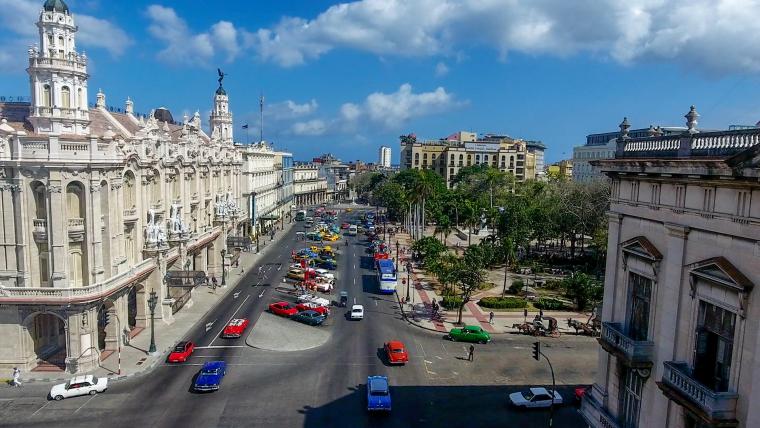
Navigating the vintage heart of modern Havana
There’s a romantic aura that drifts through Havana. Son cubano music creeps up cobbled streets while the sweet smell of cigars wafts from windows. Heavy Spanish influence remains in the Caribbean from colonisation in the 1500s. Since Cuba’s independence in 1898, Havana has developed into a vibrant cosmopolitan city. Situated on the coastline with a tropical climate, Havana's weather is as warm and welcoming as its locals.
The capital of Cuba, Havana is home to some of the country’s most famous landmarks and attractions. At 500 years old, the city’s age is reflected in its varied architecture. Time stood still with the trade embargo on Cuba during the Cold War, and new imports were prevented from coming into the country. Vintage cars dominate the roads today as a result, and you can take a ride in one to explore Havana's most iconic sites.
El Capitolio, or the National Capitol Building, was inspired by the Pantheon in Paris. With a neoclassical exterior and ornate interior, it houses the third largest indoor statue in the world. Over 18 metres tall, the Statue of the Republic is the guardian of work and virtue.
On the northern shores of the city, El Morro Castle has protected Havana since 1589. Built as a fortress for the Spanish by an Italian engineer, it now houses museums and exhibitions. A cannon fires daily at 9pm, continuing a 350-year-old tradition that signalled the closing of the city gates.
Old Havana offers the perfect opportunity to step into the past. Situated at the heart of Havana where some of the original city wall still stands, it was named a UNESCO World Heritage Site in 1982. Locals sit outside multicoloured homes playing dominoes, a national pastime in Cuba. This suburb sits in contrast to Vedado, a short five kilometres away, where high-rise buildings and dance clubs line the streets.
Salsa dancing originated in Cuba, where locals adapted American swing dances to son cubano music. But the culture of dance in Havana extends far beyond salsa. Gran Teatro de la Habana, The Great Theatre, hosts the International Ballet Festival of Havana every year, and numerous prestigious ballerinas have walked through its doors.
As times have changed, Havana has retained the traditions intrinsic to its identity. Overflowing with culture and history, this city is a microcosm of Cuban heritage.
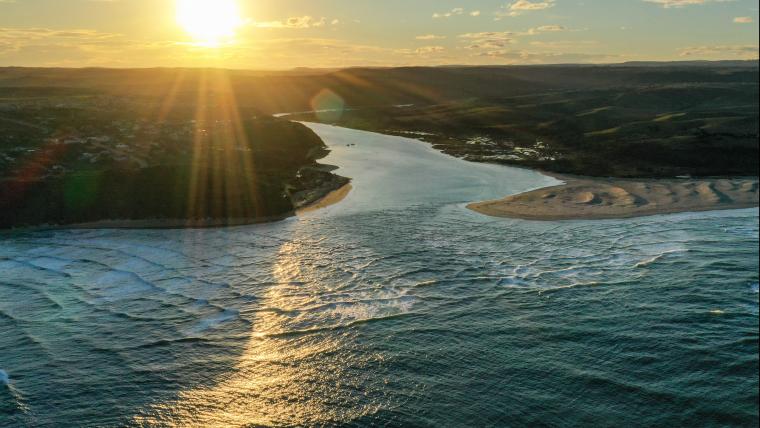
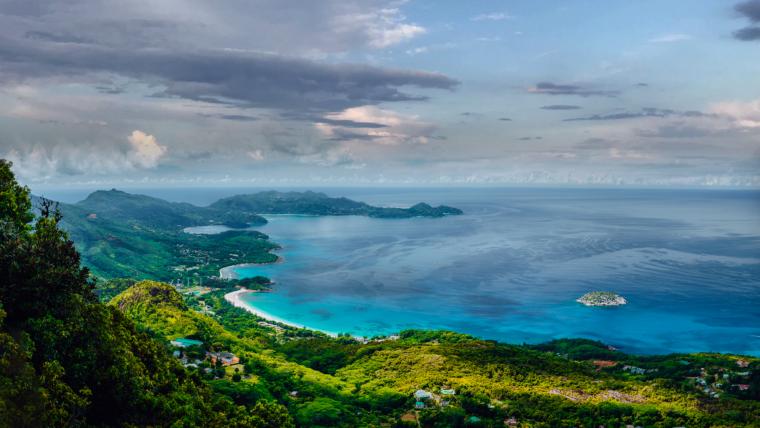
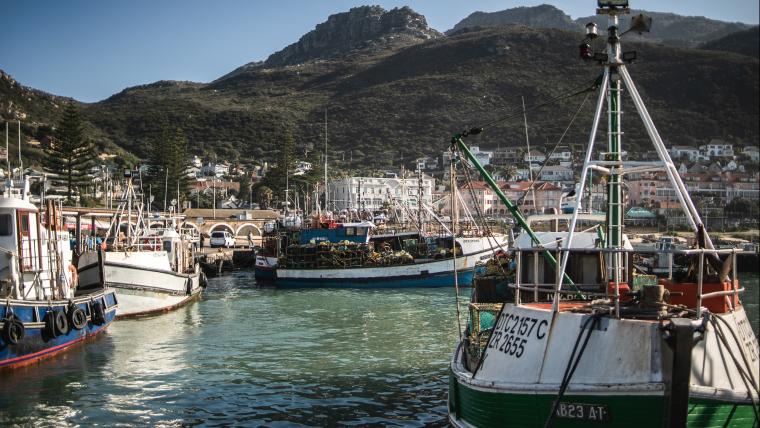
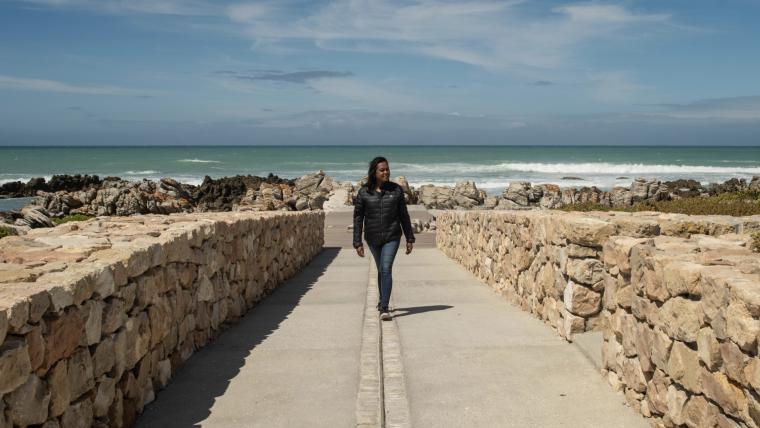
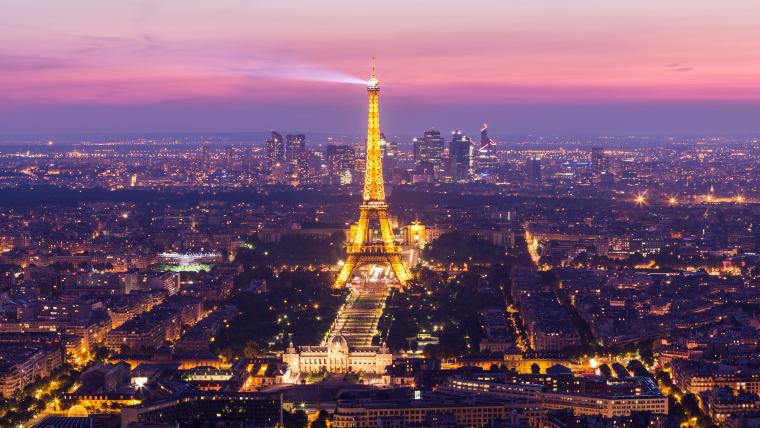
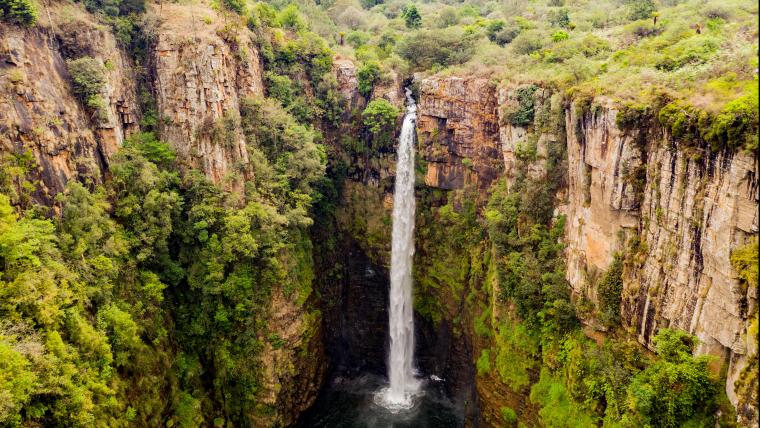
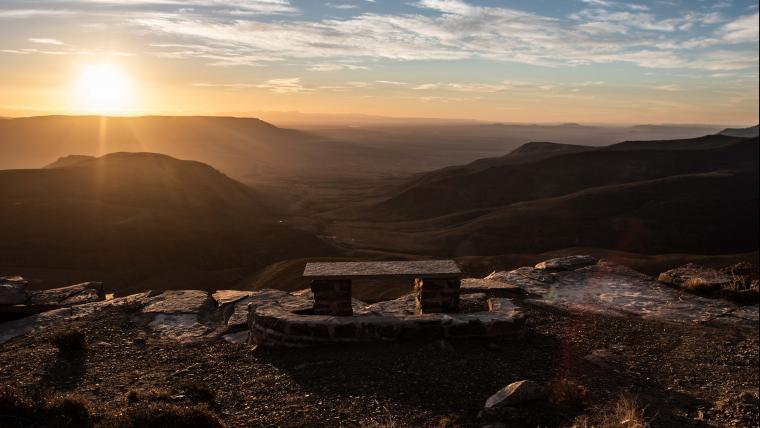
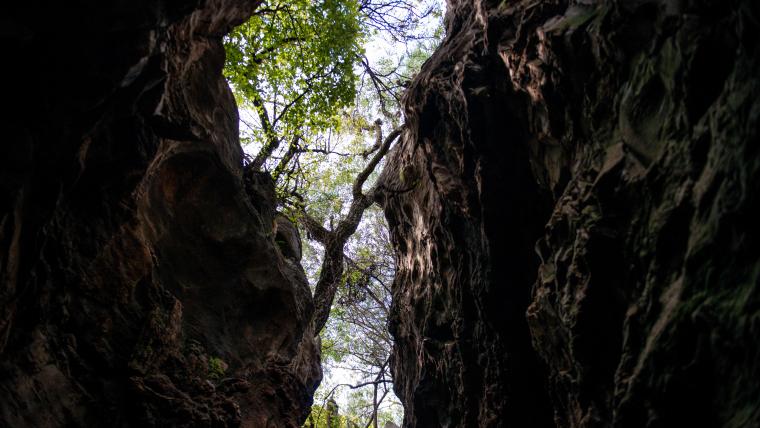
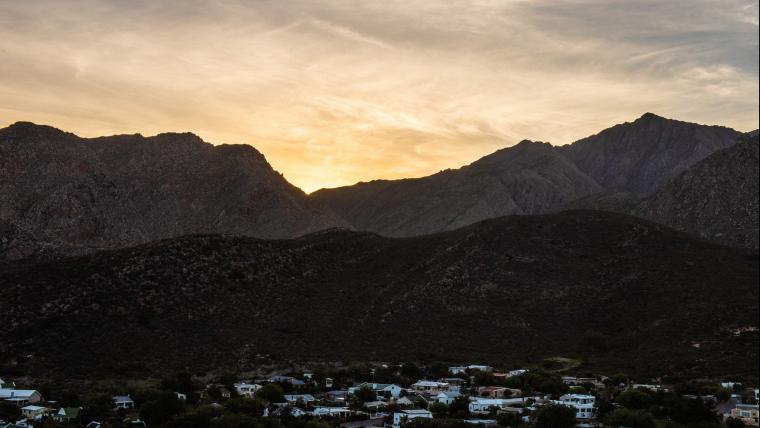
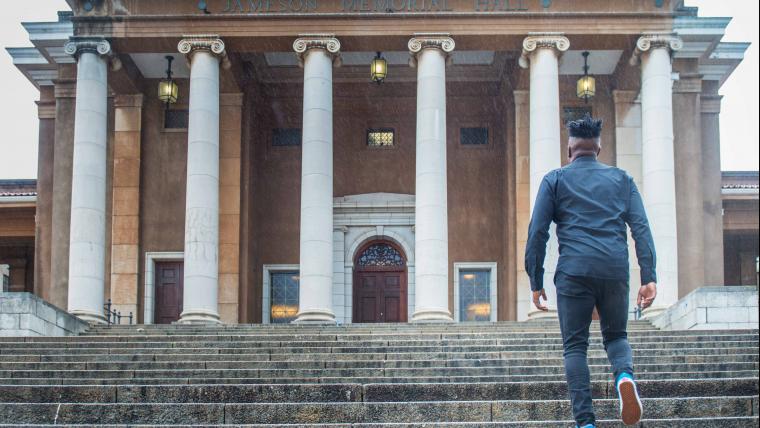




















Please sign in to leave a comment